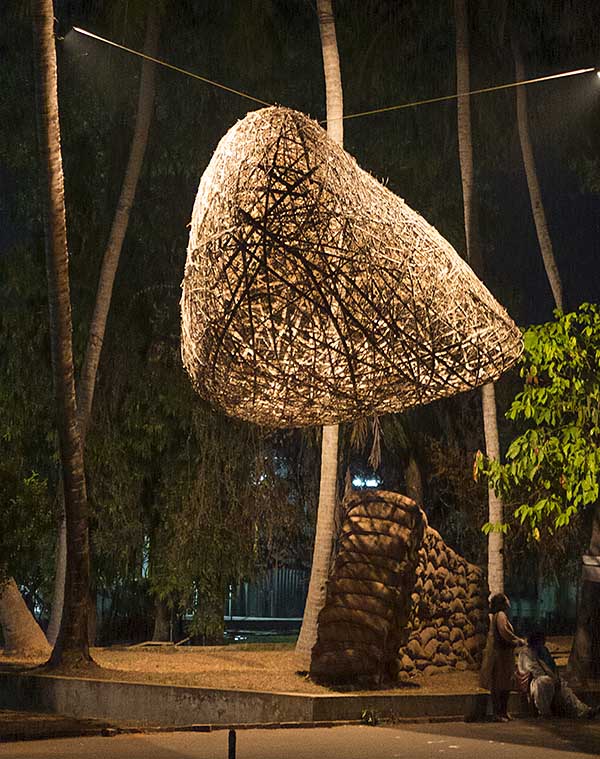After a week in India attending a wedding, I was ready to head home to Seattle. As I approached the entrance to the Indira Gandhi International Airport, New Delhi, I had my passport and my travel cheat-sheet out. I knew you need a passport and a copy of your itinerary even to enter an airport in India. The security guard at the entrance inquired, “Passport and ticket?”
I handed him my passport and cheat-sheet on which I cram all my travel information (itinerary, frequent flier numbers, phone numbers, addresses, and other travel information), all on a single sheet. I may have to reduce margins, but I make sure that everything fits on no more than one sheet of paper.
The security man ignored the passport and pored through the flight info on the sheet and asked, “Where’s the passenger name on the ticket?” I told him that it had the flight info, but no need to add my name to the sheet as I already knew my name.
“Sir, I can’t let you in without your name on this.”
“But I have traveled in the past without any problem.”
“Sir, we have to follow the rules.” Apparently security had been tightened. Continue reading “Forging Airline Tickets for Fun and Public Service”














